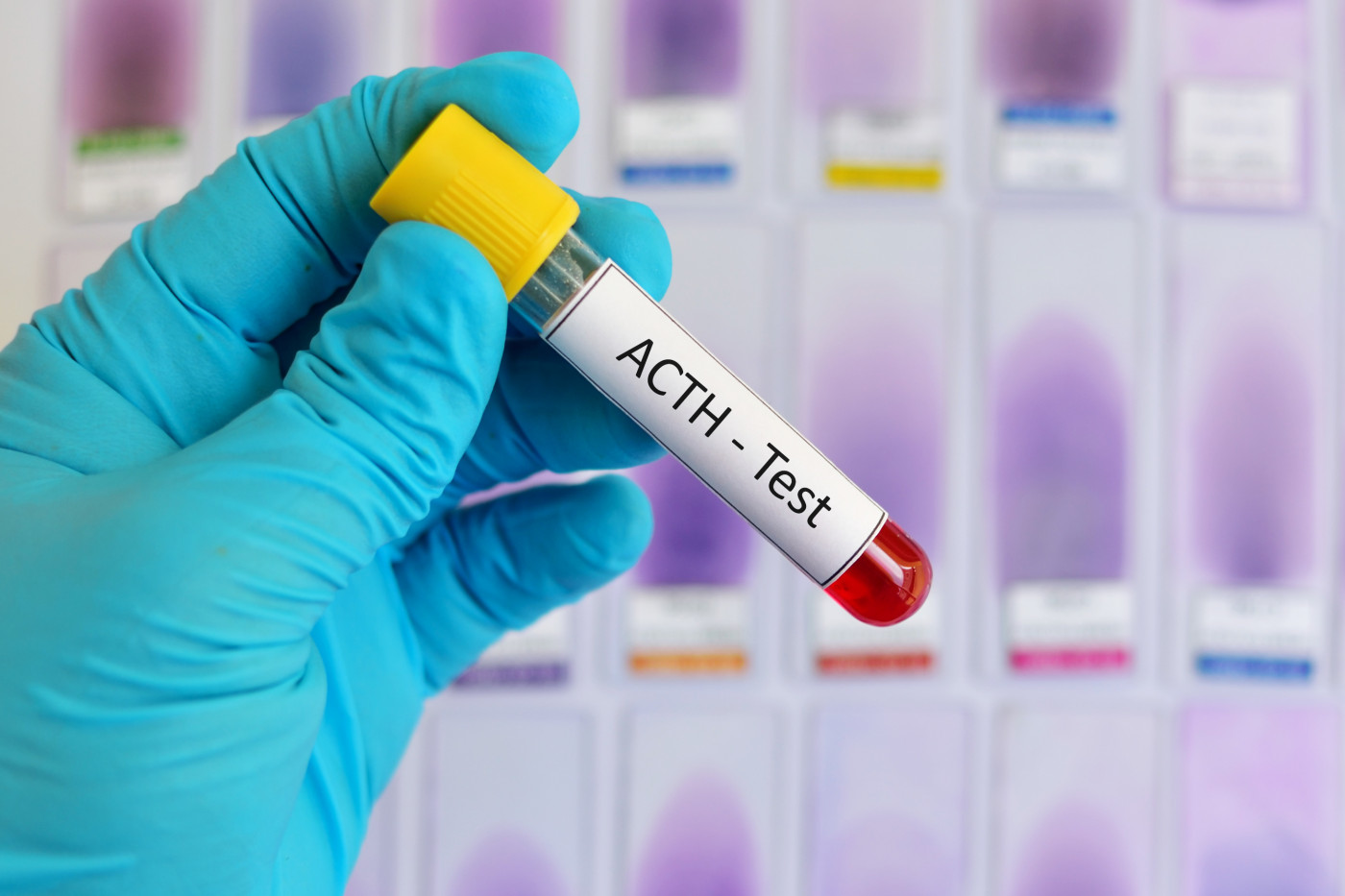Chemotherapy Combo Seen as Good Option for Rare Pancreatic ACTH-Producing Tumor, Study Suggests
Written by |

Treatment with Xeloda (capecitabine) and Eloxatin (oxaliplatin) chemotherapy is a good and inexpensive therapeutic option in the rare cases where pancreatic tumors produce excess levels of the hormone that stimulates cortisol synthesis, leading to Cushing’s syndrome.
The findings are from a case report of a 58-year-old Brazilian man, as described in the study, “Functional pancreatic neuroendocrine tumour causing Cushing’s syndrome: the effect of chemotherapy on clinical symptoms,” and published in the journal ecancermedicalscience.
Neuroendrocrine tumors are tumors that arise from cells of the endocrine and nervous systems. They most commonly occur in the intestine, but can also be found in the pancreas, lung, thyroid, or any part of the gastrointestinal tract.
Pancreatic tumors that produce excess hormones are rare, representing only 1 percent of all pancreatic tumors. Even rarer are pancreatic tumors that produce excess adrenocorticotropic hormone (ACTH), leading to Cushing’s syndrome.
The researchers report the case of a 58-year-old man with history of type-2 diabetes, who had been referred to the Hospital de Clínicas de Sao Paulo, Brazil, in December 2013.
Initially, Cushing’s syndrome was suspected based on the symptoms. ACTH was detected at high levels, suggesting the presence of an ACTH-producing tumor.
Imaging exams confirmed that the patient had a pancreatic tumor, small nodules in his liver, and enlarged adrenal glands. Nearly a month later, the patient had his pancreas, spleen, and a portion of the liver removed. His final diagnosis was pancreatic neuroendrocrine tumor.
While the tumor had been completely removed, a few months later the patient presented with high blood sugar, high blood pressure, and high levels of cortisol and ACTH again. His liver cancer had returned.
The patient was too sick to undergo surgery again. So he started on somatostatin analogs and underwent a hepatic embolization, a method that blocks blood supply to a liver tumor. The approach, however, failed to control his Cushing’s syndrome.
Doctors removed both of the patient’s adrenal glands, which finally solved Cushing’s syndrome. Pathology later revealed a metastatic neuroendocrine tumor in the left adrenal gland.
Six months later, the patient presented again with high blood sugar, skin hyperpigmentation, and high levels of ACTH. Progression of liver metastases was observed by MRI and the patient started Xeloda and Eloxatin treatment.
At last evaluation, no worsening of skin hyperpigmentation was observed and the tumors remained stable.
The authors conclude that Xeloda and Eloxatin controlled both the tumor and its ACTH production, and state that “this had a positive impact on the patient’s quality of life in terms of improved self-esteem resulting from the normalisation of his skin colour.”
The wider implications of the case study are highlighted by “the rarity of ACTH-secreting PNETs [pancreatic neuroendocrine tumors],” where “evidence-based treatment decisions are lacking, with the only source of scientific data being case series and reports. The experience of this case demonstrates that [Xeloda and Eloxatin], an inexpensive regimen, may benefit patients with this tumour and represents a good option in settings of limited resources.”





